They’ve been called “America’s most inbred family,” a label that immediately conjures stereotypes of secluded, backwoods communities. But for the Whittaker family of Odd, West Virginia, this isn’t fiction – it’s their reality. Documentary photographer Mark Laita ventured into their world, capturing a raw and seldom-seen glimpse into the lives of a family whose unique circumstances have captivated and disturbed in equal measure. What he found was a family living in isolation, with communication barriers and physical conditions stemming from generations of inbreeding, yet existing within the modern landscape of Appalachia.
Laita, known for his compelling portraits of marginalized communities, first encountered the Whittakers in 2004 while working on his book “Created Equal.” His experiences, recently recounted on the Konkrete podcast, paint a vivid picture of his initial shock and ongoing engagement with the family. Odd, West Virginia, a small mountain town with a population hovering around 779, became the backdrop for this extraordinary encounter. Laita’s continued documentation through his YouTube podcast “Soft White Underbelly,” which boasts over 4.5 million subscribers, has brought the Whittakers’ story to a global audience, sparking conversations about inbreeding, poverty, and the ethics of documentary filmmaking.
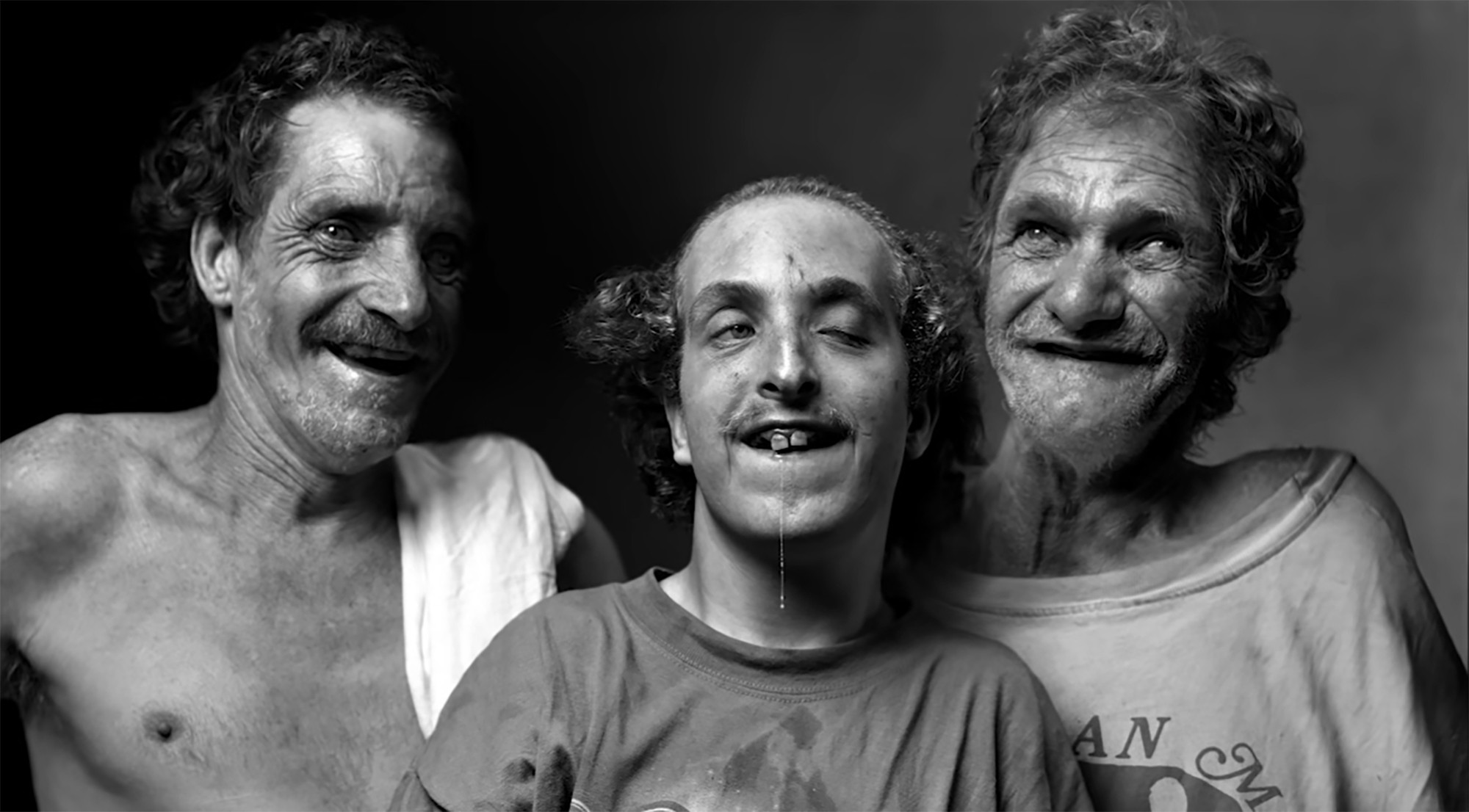 Mark Laita documents the Whittaker family of Odd, West Virginia.
Mark Laita documents the Whittaker family of Odd, West Virginia.
The Whittaker family’s lineage is as complex as it is concerning. The current surviving members include siblings Betty, Lorraine, and Ray, along with their cousin Timmy. The family’s structure came under scrutiny when it was revealed that the parents of Betty, Lorraine, Ray, and the late Freddie Whittaker were double first cousins. This close genetic relationship, where they shared both sets of grandparents, is the root of the family’s unique challenges. While reports mention another unnamed sister and additional family members, Laita’s focus has remained on these core individuals.
One of the most striking aspects of the Whittaker family is their limited communication. Family members often communicate through grunts and barks, a characteristic that initially shocked Laita. “It was out of control — the craziest thing I’d ever seen,” he stated, describing his early interactions. Despite these communication differences, Laita observed an understanding within the family and a comprehension of his questions, suggesting a level of cognitive awareness that transcends verbal language. Living in dilapidated conditions, the family’s home and surroundings reflect the poverty prevalent in some pockets of rural Appalachia.
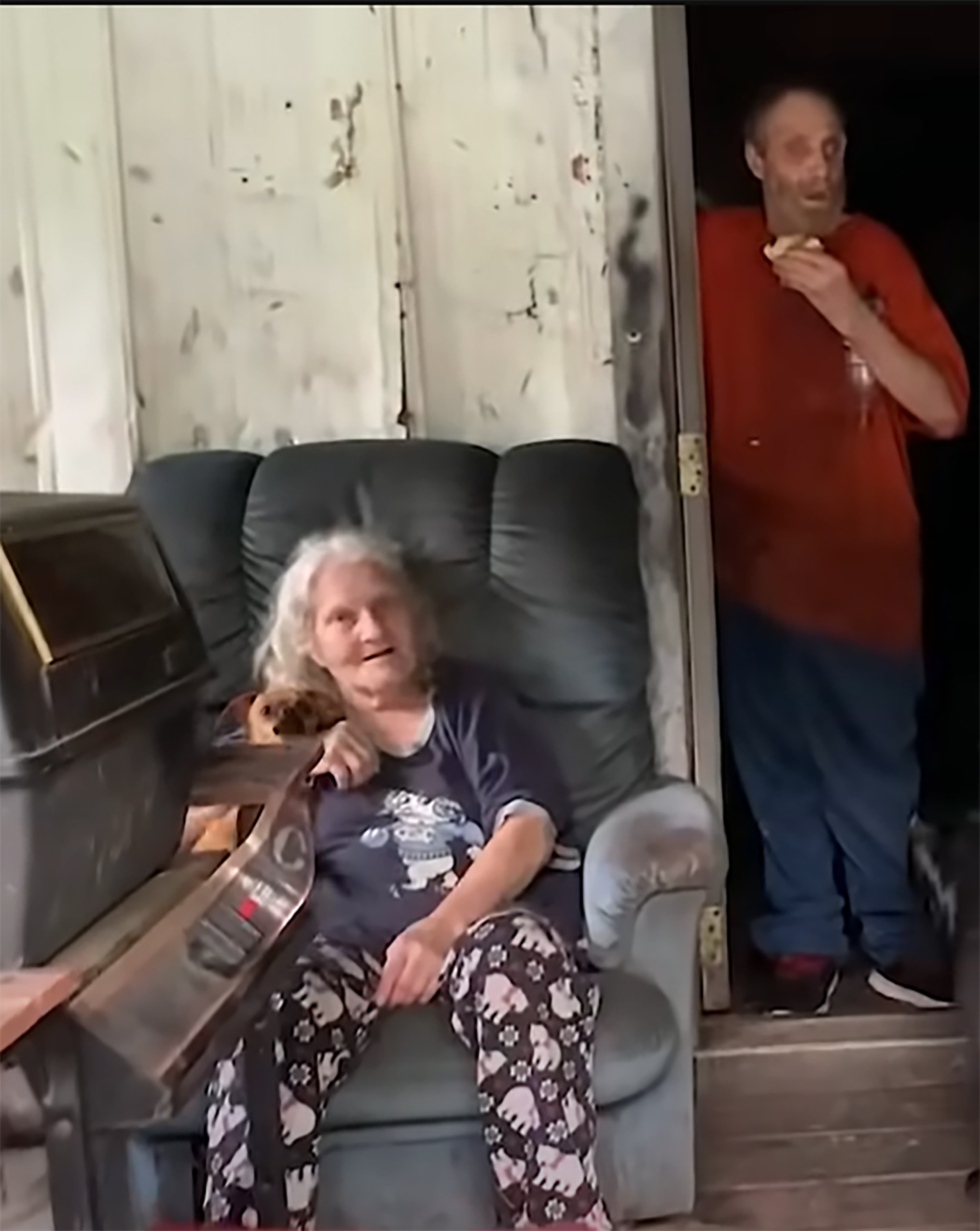 The Whittaker siblings and their cousin Timmy outside their West Virginia home.
The Whittaker siblings and their cousin Timmy outside their West Virginia home.
Laita’s initial visit was not without its challenges. A neighbor, brandishing a shotgun, initially approached him with hostility, reflecting the community’s protective stance towards the Whittakers and their aversion to outside ridicule. This initial distrust underscores the isolation the family experiences and the sensitivity required when documenting their lives. Laita drew parallels between the encounter and scenes from “Deliverance,” the 1972 film depicting unsettling encounters with mountain folk, highlighting the stereotypes and anxieties associated with rural Appalachian communities.
The physical manifestations of inbreeding are evident in the Whittaker family. Laita describes family members with eyes that “are going in different directions” and behaviors that are outside societal norms. These observations align with the documented effects of inbreeding, which, according to educational resources like Thought.Co, can lead to a range of issues including reduced fertility, smaller stature, and increased risk of genetic disorders. Inbreeding concentrates recessive genes, increasing the likelihood of offspring inheriting harmful traits. While some cases of inbreeding have resulted in rare conditions like the blue skin of the Blue Fugates of Kentucky, the Whittakers’ challenges present a different spectrum of genetic consequences.
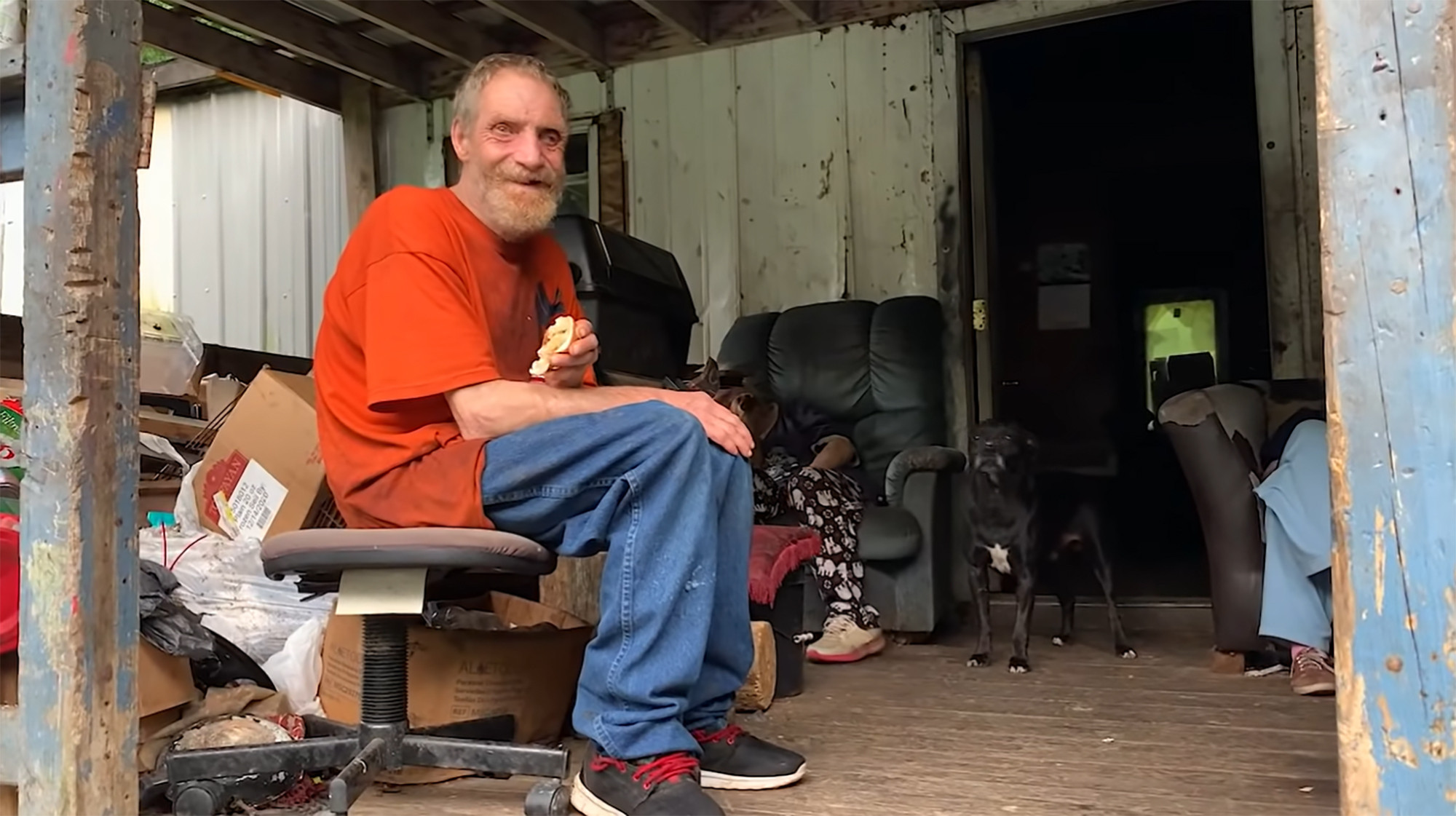 Ray Whittaker pictured on the porch of his family home in Odd, West Virginia.
Ray Whittaker pictured on the porch of his family home in Odd, West Virginia.
When Laita inquired about the family’s distinct physical traits, asking Kenneth Whittaker about his eyes not facing forward, the response, “might be coal mining,” reveals a lack of awareness or understanding of the genetic origins of their conditions. This highlights the cycle of limited education and awareness that can perpetuate in isolated communities.
The ethics of documenting the Whittaker family have been questioned. Critics, like Melody West and Shane Simmons of the Real Appalachia YouTube channel, argue that Laita’s work perpetuates harmful stereotypes about Appalachian inbreeding. They contend that such portrayals reinforce negative biases against the region and its people. However, Laita defends his work by emphasizing his intention to expose the “level of poverty” faced by the Whittakers and others in similar situations. He aims to shed light on the often-overlooked struggles within Appalachia, advocating for greater support for these communities.
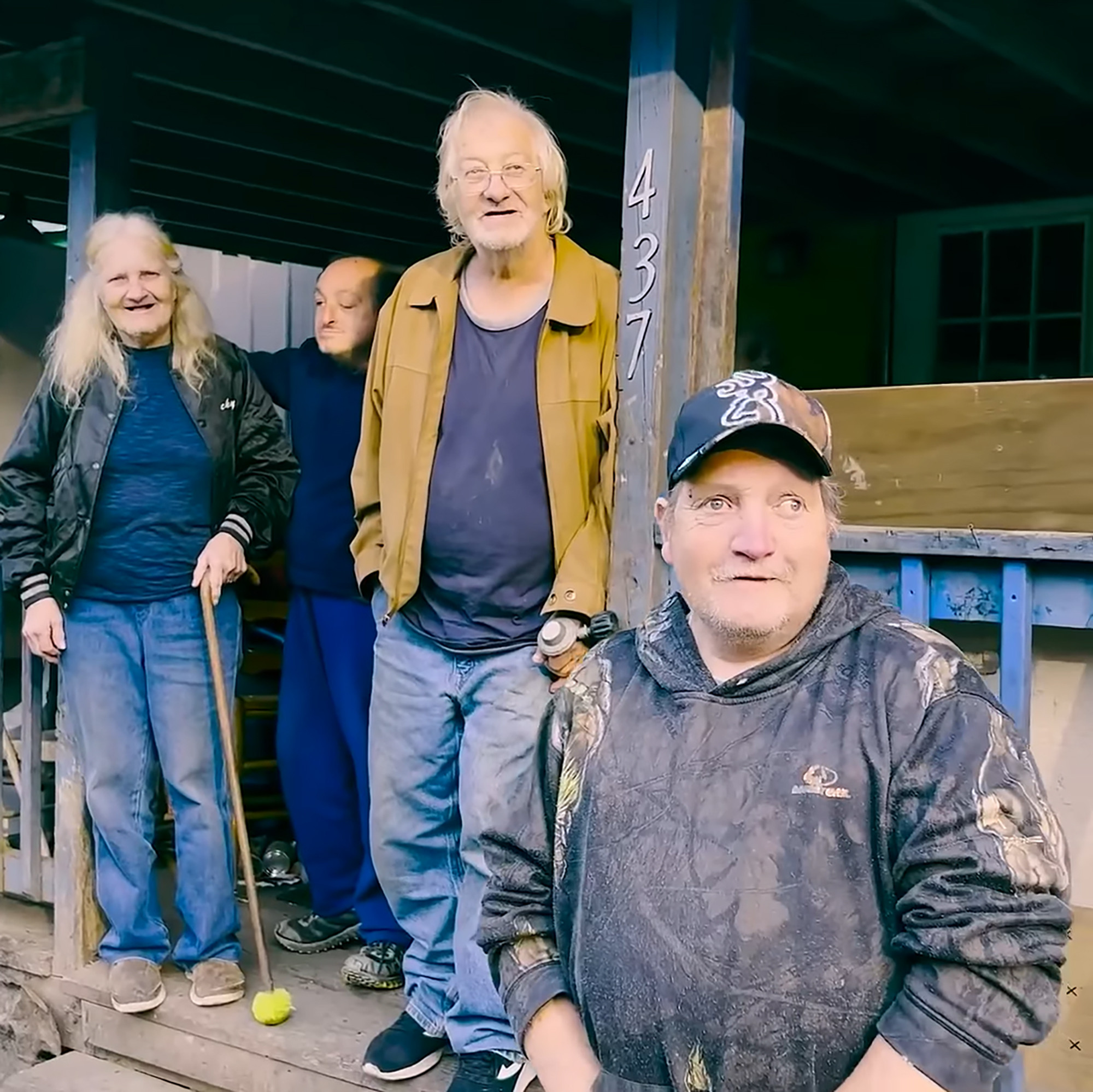 The Whittaker family outside their renovated home, showcasing improvements made possible through public donations.
The Whittaker family outside their renovated home, showcasing improvements made possible through public donations.
To directly address the Whittaker family’s needs, Laita established a GoFundMe campaign. This initiative has raised nearly $50,000, contributing to home renovations and improved living conditions for the family. Videos from Laita’s 2022 visit showcase a “Cribs”-style tour of their upgraded home, featuring new amenities like a refrigerator and proper bedding, directly resulting from the fundraising efforts. This tangible assistance demonstrates a positive outcome of Laita’s documentation, moving beyond observation to active support.
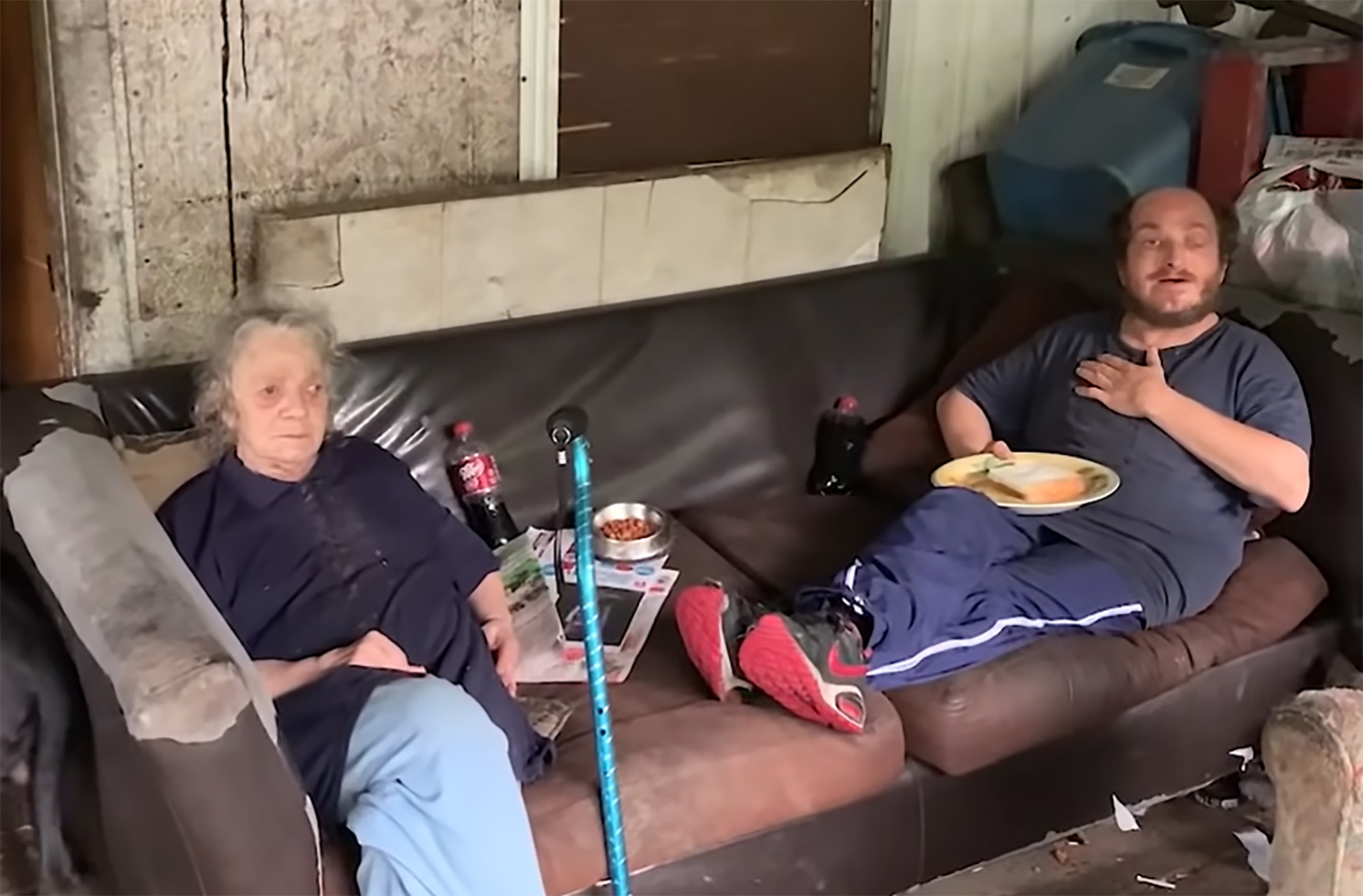 The Whittaker family, beneficiaries of community support and documentary attention.
The Whittaker family, beneficiaries of community support and documentary attention.
Ultimately, Mark Laita’s work with the Whittaker family serves as a complex and compelling case study. It raises critical questions about inbreeding, its consequences, and the ethical responsibilities of documenting vulnerable populations. While the “Inbred Family In West Virginia” narrative is sensational, Laita’s deeper exploration reveals a story of poverty, isolation, and the human condition in a corner of America often unseen and misunderstood. His efforts have not only brought the Whittaker’s story to light but have also initiated tangible support, prompting a broader conversation about the challenges faced by isolated communities in Appalachia and beyond.
